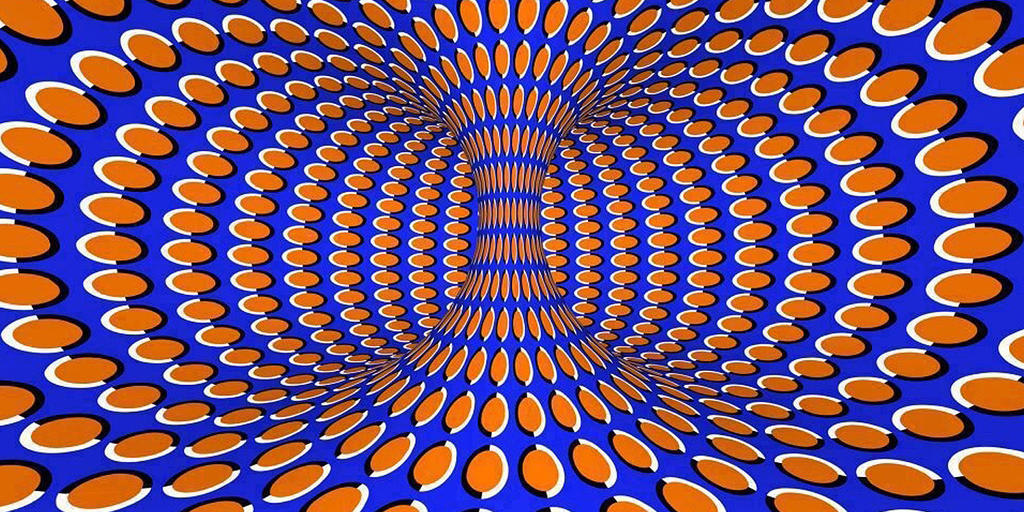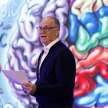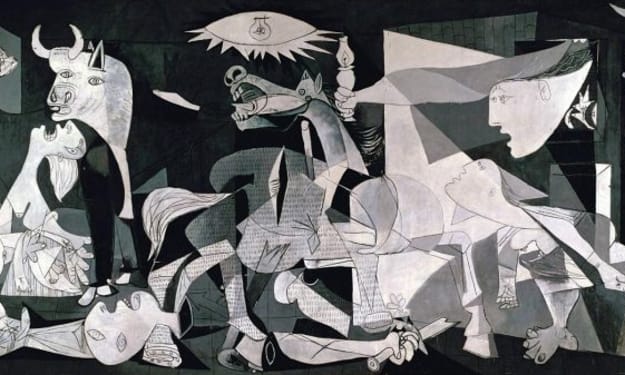3 THINKING ERRORS THAT HOLD BACK CREATIVE PROBLEM-SOLVING.
Why we sometimes get stuck.

Most people, when approaching a problem, particularly when the problem is outside of your comfort zone, get stuck and retreat from finding a new solution and resort to using tried and tested methods that may or may not be applicable to the problem in hand.
This is true of the so-called creative professions too. Often time is short and the pressure is high to find a solution quickly and to order. So, we apply a formula, usually, one that produces a reasonable result. However, that formula doesn’t provide a creative solution to the problem. There’s a good reason we do this and it’s all based around our thinking errors.
There are 3 basic categories of erroneous thinking that hold us back from creative problem-solving.
1. SELECTIVE THINKING. THIS IS THE TENDENCY TO VALIDATE CERTAIN IDEAS AND TO DISCOUNT OTHER IDEAS THAT MAY ALSO BE VALID.
2. REACTIVE THINKING. THE TENDENCY TO REACT TO EXISTING INFLUENCES, EVENTS OR IDEAS, OFTEN TOO QUICKLY.
3. ASSUMPTIVE THINKING. THE TENDENCY TO ACCEPT A BELIEF, CONVENTION OR IDEA AS TRUE, OFTEN WITHOUT PROOF, BASED ON “COMMON KNOWLEDGE” OR PAST EXPERIENCE.
When we approach a new problem, if we could identify these types of thinking that are holding us back, then we should be able to adjust our thinking and apply it creatively to any problem.
Let’s look in a little more detail.
Selective Thinking.
Often when we come up with what we think is a great idea we tend to find reasons to support that idea. We don’t like to prove ourselves wrong so we disaffirm any evidence that contradicts our idea. Yet disaffirming evidence is the right way to test the robustness of an idea. Still, we seek out information that supports our existing view and we tend to seek out any information that fits the existing paradigm. We don’t often look for a balanced view. This is known as Confirmation Bias.
More often than not we tend to see what we expect to see. We have selective attention. Again we look for evidence that supports our view and discount all the rest.

The same problem happens with our selective memory. (I use this not to hear things that I was supposed to have been told). We choose to remember things in the way we want to recall them. We ignore the facts and the truth. (although the truth is very subjective anyway)
Once we have found a solution or an answer to a problem we tend to stop thinking and stop exploring new or different solutions. We get attached to our pet ideas and cling on. Some of this makes sense though; you couldn’t go on endlessly looking for different solutions, at some point you have to move on.
Our brains are wired to find quick energy-saving solutions, usually on autopilot. Yet to solve a problem creatively we have to overcome that tendency and find new, energy consumptive (for our brains) solutions.
Our brains are often conflicted in terms of whether to use quick, automatic thinking or a more deliberate, conscious thinking. this is the theory set out by Daniel Kahneman and Amnon Tversky of system 1 and system 2 thinking in the book, “Thinking Fast and Slow”.
System 1 thinking is your action-orientated, fast and emotional thinking and is usually the default mode of thinking. It’s effortless and utilizes shortcuts (assumptions, which I’ll get to later), but its problem is that it deals in approximations and not precision.
System 2 thinking is slow, deliberate and logical. It is thoughtful and methodical, deductive and systematic. It more often than not will produce plans and think in abstract terms. However, it is very consumptive of energy.
Another reason we lapse into selective thinking is that we are naturally loss averse. Also proposed by Kahneman and Tversky, we tend to fear loss more than we enjoy the gain. We will often avoid things rather than risk something new.
Reactive Thinking.
There is a very famous test, the Cognitive Reflection Test (CRT) by Shane Frederick designed to highlight your reactive thinking. Try it! (answers at the bottom of this blog)
1. A BAT AND BALL TOGETHER COST £1.10 IN TOTAL. THE BAT COSTS £1 MORE THAN THE BALL. HOW MUCH DOES THE BALL COST?
2. IF IT TAKES 5 MINUTES FOR 5 MACHINES TO MAKE 5 WIDGETS, HOW LONG WOULD IT TAKE 100 MACHINES TO MAKE 100 WIDGETS?
3. IN A LAKE IS A PATCH OF LILY PADS. EVERY DAY THE PATCH DOUBLES IN SIZE. IF IT TAKES 45 DAYS FOR THE PATCH TO COVER THE ENTIRE LAKE, HOW LONG WILL IT TAKE TO COVER HALF THE LAKE?
Of 3,500 people given this test, only 17% managed to get all 3 right. And 33% got none of them right!

Each of the questions has an obvious and quick answer, which is wrong!
In question 1. The obvious and immediate answer is £0.10. If you do the maths you will see that this is wrong, although it felt right.
In question 2. The gut reaction is 100 minutes. This is wrong, but, if you didn’t think about this for long that’s what felt right.
In question 3. Most people will respond with 24 days (half of 48). But if the patch doubles in size every day then one day before it covers the whole lake is the answer. 47 days.
The reason to show you this is that it highlights our reactive, fast thinking and our proactive slower thinking, which uses more mental energy.
Reactive thinking saves mental energy and mostly we trust this initial reaction. Proactive thinking uses lots of mental energy and needs to be consciously engaged in order to be useful for problem-solving.
There are good evolutionary reasons why we default to reactive, system 1. Thinking. If you’re faced with a man-eating tiger in the jungle, you don’t want to hang around looking for a creative solution, you need to react fast.
However, system 2 is more about logical understanding and implementation than fast, gut reactions and both need to be balanced for creative thinking. There are a time and a place for system 1. And system 2.
Assumptive Thinking.
We more often than not accept a belief, a convention or an idea as being the “truth” without questioning it. In fact, this is necessary for building communities and societies where we must agree between ourselves what laws and rules we agree to abide by.
However, on a smaller scale, the assumptions we hold, which we apply in most situations, are based on our past histories and experiences and are our shortcuts to how we behave.

These, off-the-shelf solutions to problems are the paradigms and rules-of-thumb we place on our behavior and our thinking. They are self-imposed limits to our world-view. In fact, they are our world-view. Assumptions keep us within what we know and admittedly they allow us to progress in life with a reasonable level of confidence in a predictable future.
When we encounter a situation similar to the one experienced before, we assume it will have a similar result and we don’t bother exploring alternative possibilities. You can’t always deduct the truth from past experience, particularly if you apply out-of-date thinking.
The truth is though that what was applicable in the past may not be applicable to the future. Innovation only happens when we question and challenge our assumptions in order to break a paradigm. To think creatively we must force assumptions to fight for their lives.
In order to move forward and overcome assumptive thinking there are simple 3 steps;
1. STATE THE PROBLEM CLEARLY.
2. MAP OUT YOUR ASSUMPTIONS ABOUT THE PROBLEM.
3. CHALLENGE YOUR ASSUMPTIONS.
All good science works on the (creative) principle of doubt and questioning. In order to advance, you must question your thesis or received wisdom. If Newton hadn’t questioned why an apple fell to the ground (if that’s true) then he wouldn’t have discovered the laws of Gravity. If Einstein hadn’t asked “What happens if I travel on a light beam?” we wouldn’t have the theory of relativity.
Let’s face it, a creative solution isn’t going to be one that fits into a narrow framework. It will be “different” and not locked into Selective, Reactive or assumptive thinking. The key to the first steps in applying creative thinking is to identify and recognize thinking errors and assumptions so that you can overcome them or use them when trying to solve a problem.
www.charlesleon.uk






Comments
There are no comments for this story
Be the first to respond and start the conversation.